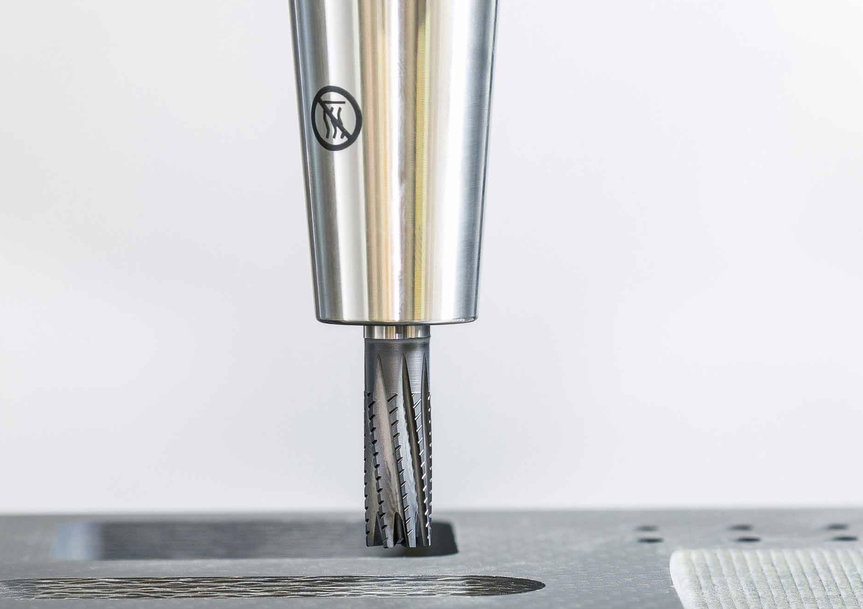metalworkingmag.com
23
'23
Written on Modified on
MAPAL News
MAPAL Develops customised diamond coatings
With its in-depth knowledge in the field of coating technology, MAPAL also develops extremely hard and wear-resistant diamond coatings for machining materials such as CFRP, ceramics, graphite and aluminium alloys.

The tool manufacturer has coating technologies at its site in Aalen and in its centres of competence to coat indexable inserts and solid carbide tools using PVD or CVD processes. The choice of process depends on the relevant application parameters. For dry machining and high cutting speeds, CVD is usually chosen; in the case of unstable machining situations or difficult machining conditions, the tougher PVD coatings are applied.
If adhesive wear processes occur frequently when machining, the use of diamond-like carbon coatings (DLC) is advisable. DLC coatings are also deposited using PVD or a plasma-enhanced CVD process. These coatings are formed by a mixture of sp2 hybridised carbon atom bonds (graphite) and those with sp3 hybridisation (diamond). The mixing ratio determines the physical and mechanical properties of the coatings. The more sp3 atomic bonds there are, the harder the coating.
New coating processes thanks to CVD diamond reactors
Pure diamond coatings are required for milling or drilling highly abrasive materials. The process used in the MAPAL Group for the synthesis of diamond coatings is a modification of purely thermal CVD and is called hot filament CVD, or HF CVD for short. Conventional CVD coatings are not suitable for coating shank tools because the tool lengths and the high coating temperatures usually result in length distortion. In HF CVD, wires made of refractory metals heat up a mixture of hydrogen and methane to temperatures of up to 2,500 degrees. In the process, very reactive methyl radicals are formed, which are gradually deposited on the seeded carbide surface as a diamond layer. MAPAL has own CVD diamond reactors at its disposal.
Since the coating process functions via a chemical reaction combined with mechanical clamping, defined etching of the carbide surface and seeding are important during pre-treatment. As not every carbide is suitable for this, MAPAL evaluates appropriate substrates. Whether fine-grained microcrystalline or nanocrystalline layers are produced during coating is determined by the temperature, pressure and flow of the respective reactive gases during the process. Theoretically, layers up to a thickness of 50 µm can be produced by HF-CVD. For coating its tools, MAPAL currently focuses on the range between 3 µm and 15 µm, depending on the respective application.
www.mapal.com

